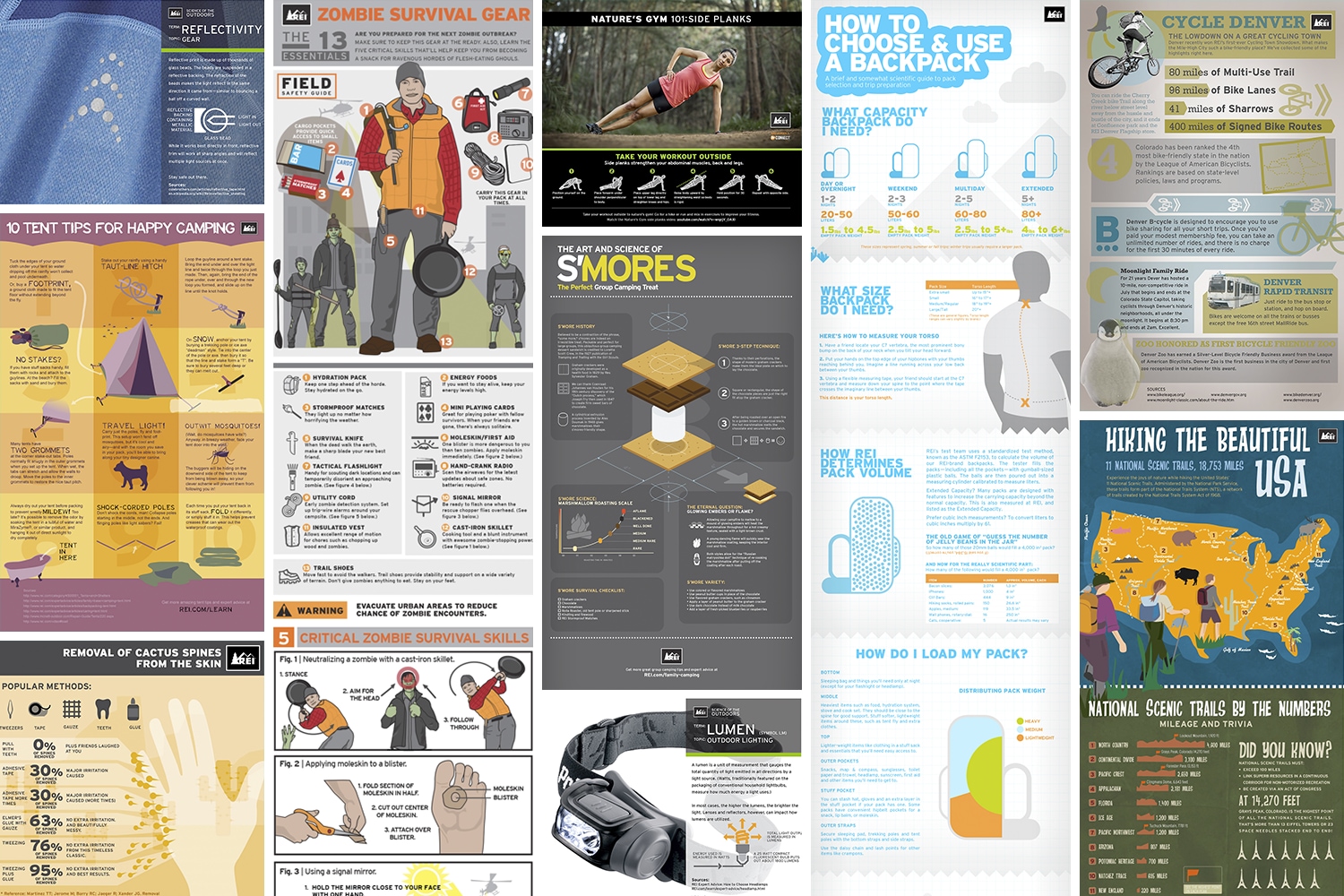As camping advanced to reflect a more comprehensive cultural change towards mindfulness and sustainability, camping tent style followed suit. Whether it's via user-friendly arrangement solutions or the application of Fitts' Legislation, modern-day tent style remains to innovate and broaden camper's alternatives for outdoor expedition.
The wedge camping tent, also called a wall tent, can be created by putting up the ridgepole atop upright poles and loosely staking down each side. This enables more living and walking around area than an A-frame outdoor tents.
The A-Frame
Among the most iconic outdoor tents designs is a traditional A-frame. This framework takes its name from its roofline, which resembles the uppercase A. This shape develops a vaulted ceiling that provides an open, sizable sensation inside the home. The sloping walls likewise make second-level loft space areas ideal for resting.
In the past, a good scout might establish a canvas A-frame camping tent in 2 minutes or much less. A modern-day A-frame cabin can supply the same ease of installation, but with much better weather security and even more functional area.
A-frames are a wonderful example of functional design, which highlights minimizing the intricacy of an item so that it can be much more quickly understood and made use of. Today, UI/UX designers use this concept to craft intuitive user interfaces that permit users to accomplish their objectives with optimal efficiency. This technique mirrors the A-frame's beginnings as a remedy to human demands. The simplicity of A-frames also reflects a desire for outside experiences that balance technological innovation with a deeper link to nature.
The Wedge
Whether you are new to wall surface outdoors tents or are a seasoned camper, picking the right framework for your canvas sanctuary can seem like an overwhelming experience initially. With numerous alternatives for textile, structures and degrees of defense from the aspects to consider, you can conveniently obtain shed in a sea of lingo.
The good news is, browsing the globe of wall surface outdoors tents doesn't have to be so difficult. We've established our very own system to assist you streamline your decisions. With our easy Wedge design, we've eliminated the need for confusing fabric and frame selections so you can spend even more time appreciating your journey and much less time bothering with your sanctuary.
The Baker
The baker tent is a modified lean-to design tent. It is a very flexible and useful shelter that can be whized limited versus the aspects or opened to allow in the heat of a reflector campfire. The baker was the tent of option of lots of logging camps and wilderness canoe adventurers in the 1800's. The baker tent additionally got prestige in the very early 1900's when country wide recognized outdoor writer Horace Kephart utilized a baker tent at his popular base camp on Dicks Creek in North Carolina.
Choosing the right inner framework, tube size and manufacture is a vital factor in determining the strength of your wall surface outdoor tents and just how it will certainly manage changing weather conditions. Additionally, a significant part of your wall surface tent's longevity and performance is determined by the treatment that it has gone through. Bravo's bonded steel internal frameworks are developed making use of premium 1 3/8 inch galvanized tubing and heavy duty bonded angle kits that are supported for added toughness.
The Whelen
In a time of increasing industrialization and urbanization, outdoor camping was a stepping back to basic nature recognition. It supplied a possibility to value blemishes in products and asymmetry of the landscape, to embrace the transience of day-to-day rhythms of climbing, relocating, resting, and relaxing, and to get in touch with the natural world at an exceptionally human degree.
Early camping tent styles were crafted with an eye to economic climate of area and weight, yet we have seen an abandonment of these traditional principles towards bigger, gangly designs that take longer to establish, call for more cautious planning of the impact, and deal less in terms of weather defense. This way, the modern tent reflects a societal change far from technical development and towards mindfulness, sustainability, and appreciation for an extra travel bag environment. Much like tents, UI/UX design is additionally fixated meeting human requirements. Fitts' Legislation, for example, instructs us to prioritize the size and closeness of interactive components in order to promote quicker and extra reliable customer communications.
